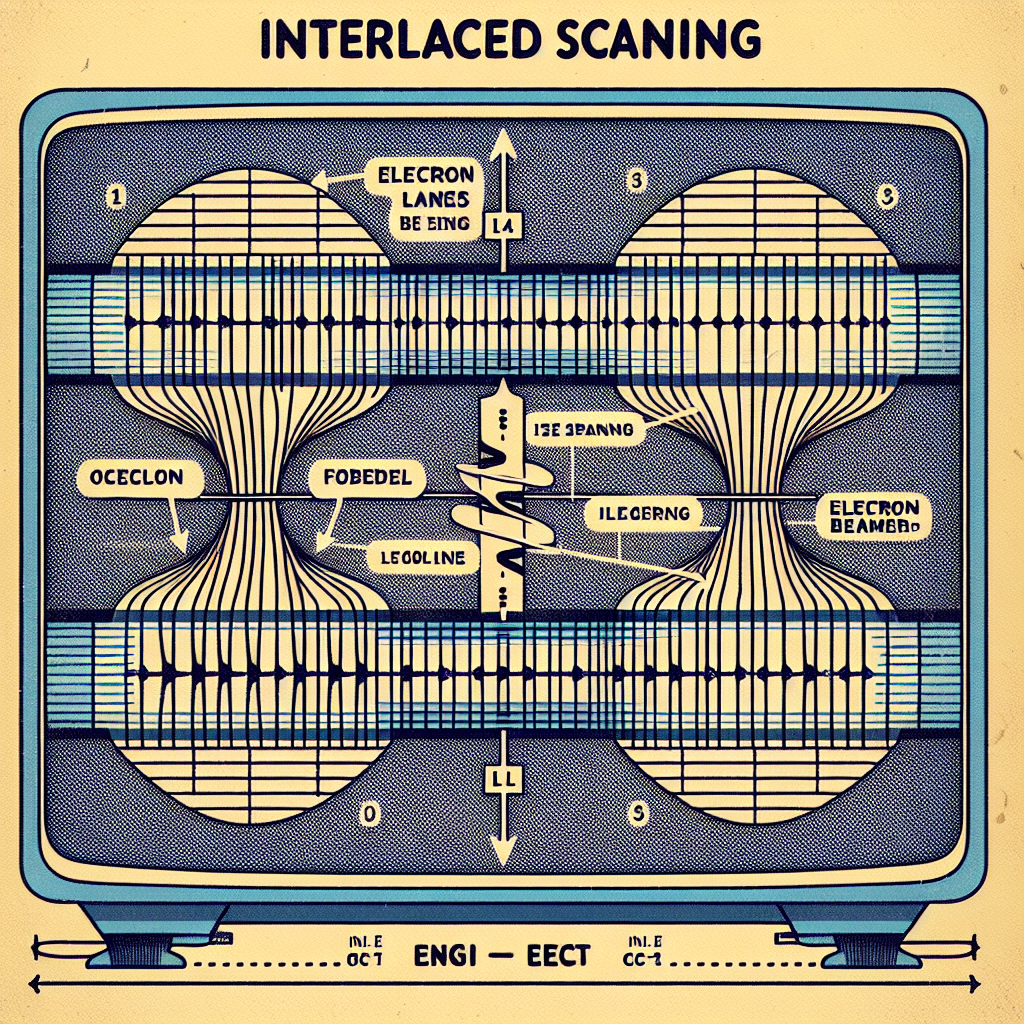Cathode Ray Tube (CRT) displays have been a cornerstone technology in early television and computer monitors for decades. One of the fundamental methods used to render images on CRT screens is interlaced scanning. In this article, we will delve into how interlaced scanning works in a CRT, its technical details, and its implications on image quality.
Understanding CRT Technology
Before diving into interlaced scanning, it is essential to understand the basics of CRT technology. A CRT display consists of an electron gun, a vacuum tube, and a phosphorescent screen. The electron gun shoots electrons towards the screen, creating images by illuminating phosphor dots on the inner surface of the screen.
Basic Components of a CRT
| Component | Description |
|---|---|
| Electron Gun | Emits electrons to form images |
| Vacuum Tube | Encases the electron gun and screen |
| Phosphor Screen | Lights up when struck by electrons |
What is Interlaced Scanning?
Interlaced scanning is a method of optimizing the display of images by dividing each frame into two fields. The first field consists of all the odd-numbered lines, while the second field consists of all the even-numbered lines. These fields are presented alternately, resulting in the perception of a continuous image to the human eye.
The Interlacing Process
The interlaced scanning process involves the following steps:
- The electron gun first scans and displays all odd-numbered lines on the screen, creating the first field.
- Upon completing the first field, the electron gun then scans and displays all even-numbered lines, forming the second field.
- Both fields interweave to create a full frame, giving the impression of a single, cohesive image.
Advantages of Interlaced Scanning
Interlaced scanning offers several advantages:
- Bandwidth Efficiency: By displaying only half of the image lines at a time, interlaced scanning reduces the required bandwidth compared to a progressive scan system.
- Smoother Motion: Due to the alternating fields, motion appears smoother, which is particularly beneficial for video content.
Drawbacks of Interlaced Scanning
However, interlaced scanning also has its drawbacks:
- Flickering: The rapid alternation of fields can sometimes cause flickering, which may be noticeable to the viewer.
- Possible Artifacts: Interlacing can introduce artifacts, such as edge crawling and line twitter, especially on high-motion scenes or detailed images.
Technical Specifications and Standards
Interlaced scanning is defined by various television standards globally, such as NTSC, PAL, and SECAM. Each standard specifies the number of lines per frame and the field frequency.
| Standard | Lines per Frame | Field Frequency (Hz) |
|---|---|---|
| NTSC | 525 | 59.94 |
| PAL | 625 | 50.00 |
| SECAM | 625 | 50.00 |
Conclusion
Understanding interlaced scanning in CRTs provides insight into one of the crucial technologies that shaped early visual display systems. While it has both advantages and disadvantages, interlaced scanning played a pivotal role in the history of television and computer monitors, paving the way for the evolution of display technologies we use today.

